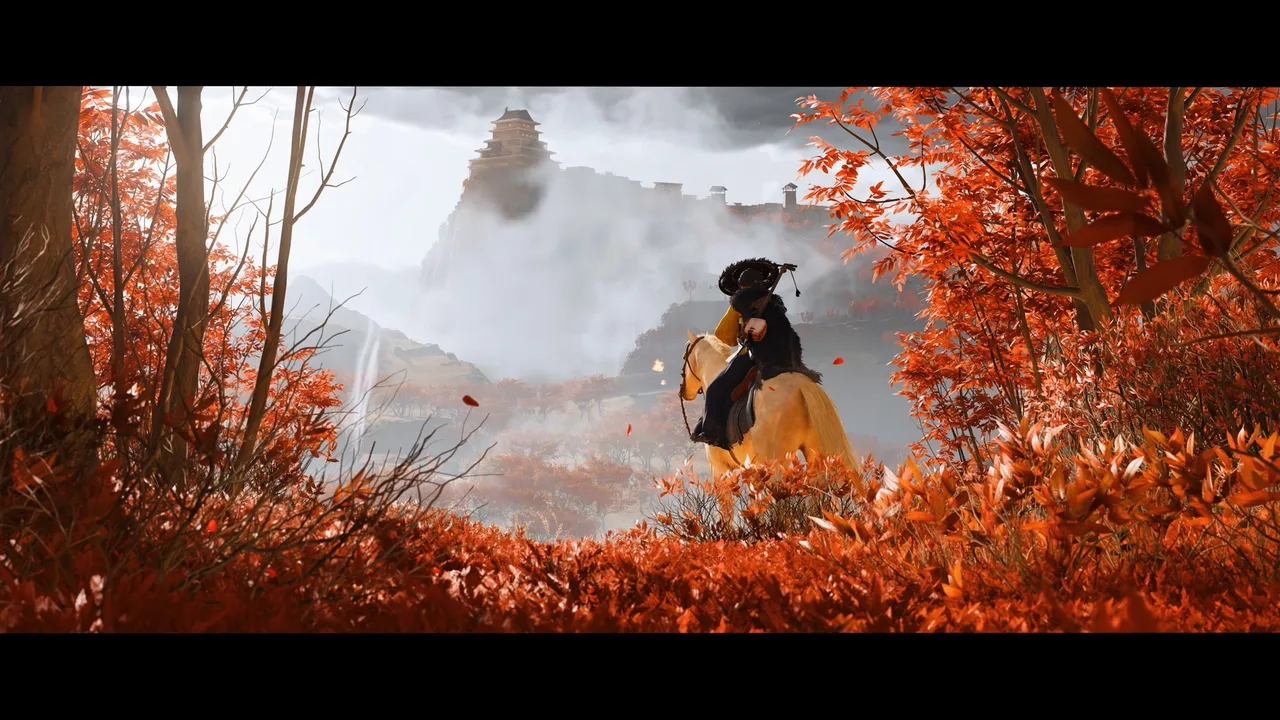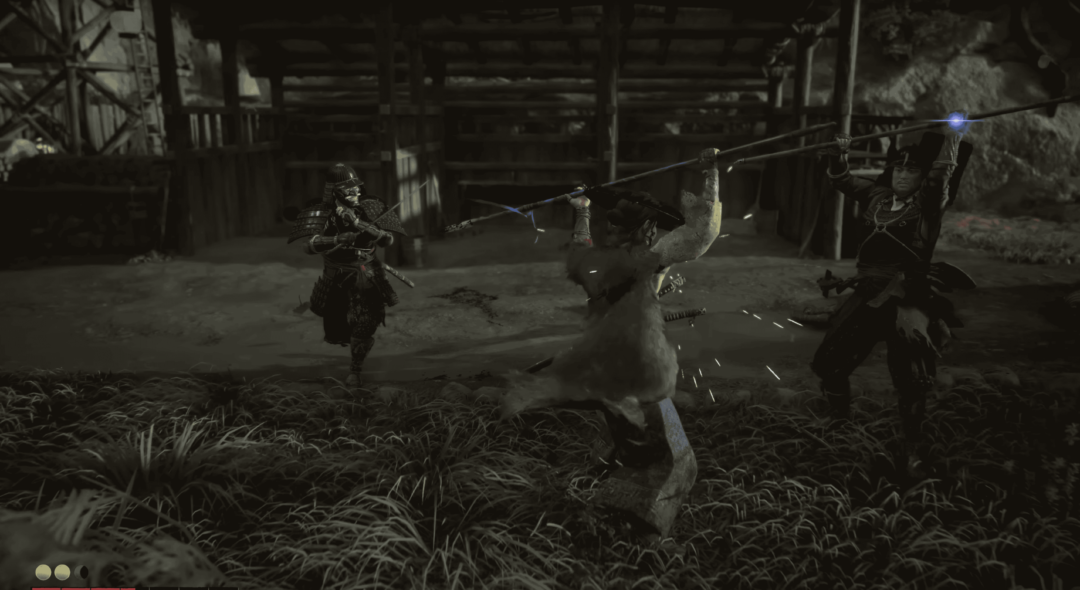During the latest State of Play, Sucker Punch officially revealed new details of Ghost of Yōtei,. The game introduces a new backstory of of the protagonist, a new region, and a reworked gameplay structure focused on atmosphere, player decisions, and time-jumping narrative.
A New Setting, A New Protagonist
Ghost of Yōtei is set in early 1600s Ezo (modern-day Hokkaido), years after the events of Ghost of Tsushima. The protagonist, Atsu, is a lone survivor whose village was destroyed by a mysterious group known as the Yōtei Six. The story revolves around tracking down these six figures across snow-covered landscapes shaped by isolation and loss.

Combat Mechanics
Ghost of Yōtei continues Sucker Punch’s focus on player-driven combat, offering a flexible system that adapts to how you approach encounters. Whether you favor stealth or direct confrontation, the game lets you tailor your tactics accordingly.

Players can outfit Atsu with gear, skills, and weapons that reinforce their chosen playstyle. Stealth-focused players can upgrade silent movement, distraction tools, and assassination techniques, while those who prefer head-on combat can invest in armor durability, weapon mastery, and stun capabilities.

There’s no rigid class system, but how you build your character determines how efficiently you can deal with various types of threats. Some enemies are resistant to stealth approaches and require direct engagement. Others may overwhelm you in a group, making patience and ambushes more effective.

Each weapon serves a specific combat purpose:
Katana – Balanced and reliable, ideal for one-on-one duels and quick reaction counters.
Ōdachi – Heavy and powerful, perfect for breaking enemy guards and fighting larger enemies, but slower to swing.
Kusarigama – Best for crowd control and interrupting ranged attackers. Its chain mechanics allow for unique combo setups.
Primitive Firearms – High-damage but limited ammo and slow reload. Best used against armored enemies or from a distance.
The game offers three visual styles:
Kurosawa Mode (black-and-white)
Miike Mode (focused on brutality)
Watanabe Mode (designed for narrative flow)

These are presentation filters and can be changed freely.
Flashbacks and Memory Sequences
Atsu’s backstory is told through playable flashbacks. These memory sequences offer insight into her past while influencing choices in the present timeline. Certain areas or puzzles may only be accessible after triggering specific memories.

Campfire System Replaces Traditional UI
Instead of map icons or menus, progression is managed through campfire meetings with allies. Quests, upgrades, and character dialogue are handled here. These NPCs function more like recurring partners than quest-givers, aiming to keep immersion intact.

World Design
Exploration avoids the use of traditional open-world clutter. There are no objective markers or waypoint systems by default. Players are encouraged to follow environmental signs and NPC guidance to find story events, side content, or hidden areas. It’s a minimalist approach, with reduced UI and a focus on discovery.

Ghost of Yōtei launches October 2, 2025, exclusively for PlayStation 5. Two limited-edition consoles will also release the same day, themed around the game’s art direction. These include a redesigned DualSense controller and exclusive cosmetic bonuses tied to the bundled versions. You can find details on Playstation Store.

